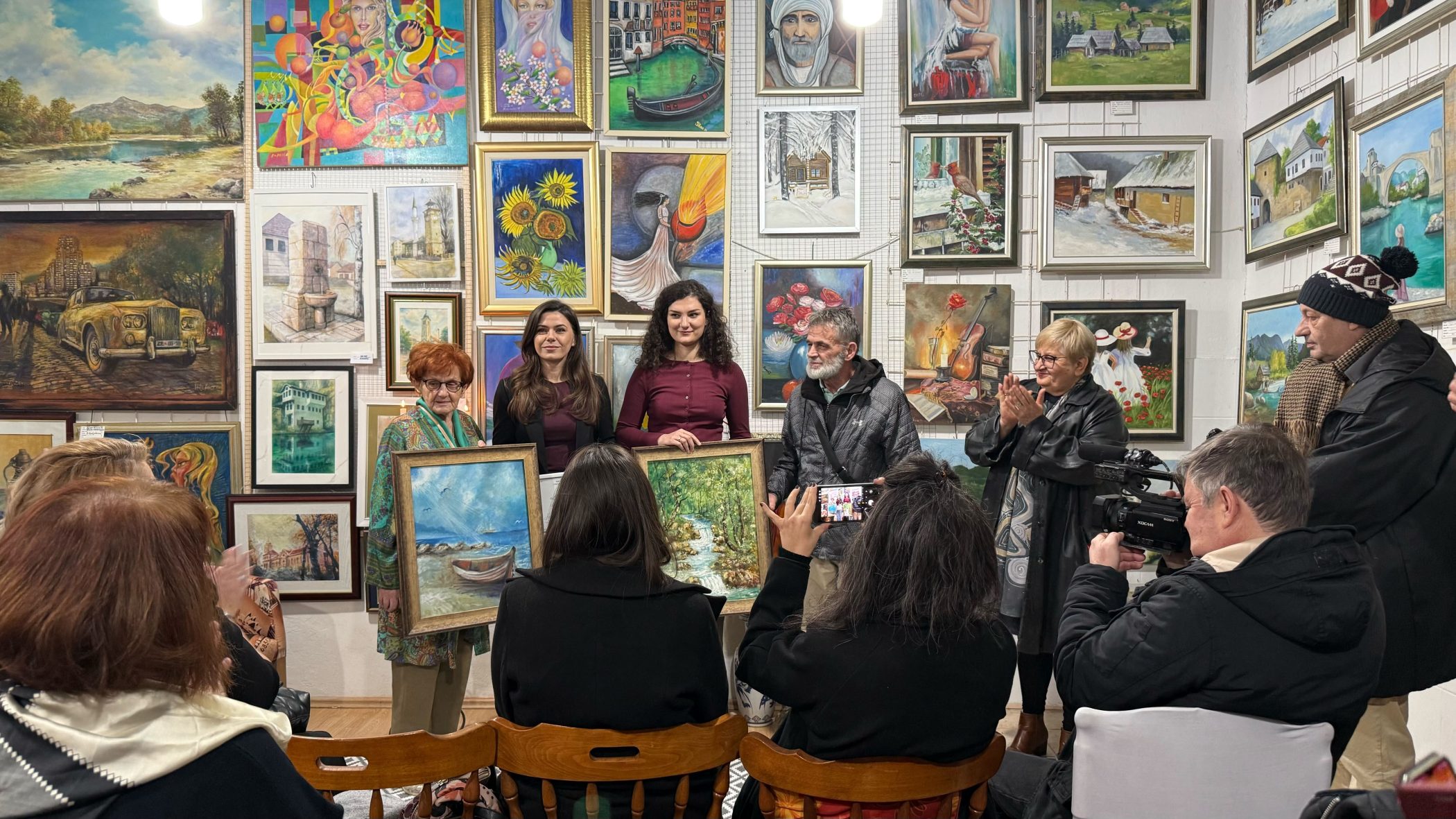This post is also available in: Bosnian
A series of commemorative events in Bosnian cities is taking place as part of “White Ribbon Day”, May 31, which honours the thousands of people killed by Bosnian Serb forces in the town of Prijedor at the start of the war in Bosnia in 1992.
The association of former camp detainees of Bosnia and Herzegovina said on Wednesday that its members will place white ribbons on their office windows to honour the victims of the ethnic purge.
The association said it also wanted this day to mark the beginning of the end of the practice of denial of war crimes in Bosnia and Herzegovina.
“On May 31, the Bosnian Serb authorities issued a decree for all non-Serbs to mark their houses with white flags or sheets and to wear a white armband if they were to leave their houses. This was the first day of a campaign of extermination that resulted in executions, concentration camps in Omarska, Keraterm and Trnopolje, mass rapes and the ethnic cleansing in Prijedor municipality,” Jasmin Meskovic, president of the association, said.
In Sarajevo, buses were decoated with white ribbons while an installation representing a detention camp was erected in the pedestrian zone of the city’s Bascarsija district.
According to court verdicts, more than 3,000 non-Serbs – including 102 children – were killed in 1992 in Prijedor while thousands of others were imprisoned in detention camps.
This is the fifth year that White Ribbon Day is being marked. This year, events will also take place in the town of Prijedor itself, where activists will walk the main street, hold a memorial gathering, and place 102 roses on the ground for the killed children.
The head of the “Prijedor 92” association, Mirsad Duratovic, told BIRN that this year’s commemoration is in honour of the children and the idea is to gather support to build a local memorial.
“The barrier to begin construction is that the city council needs to change the regulation plan,” Duratovic explained.
Goran Zoric, an activist of the “Jer me so tice” (“Because It Affects Me”) movement, said that a local weekly, “Kozarski vjesnik”, had published an obituary to honour the killed children.
“This is a success because they refused to do so until now,” he added.
Over the past years, campaign groups have accused the local Serb authorities in the town of obstructing attempts by Bosniaks and Croats to commemorate the deaths of their relatives.

